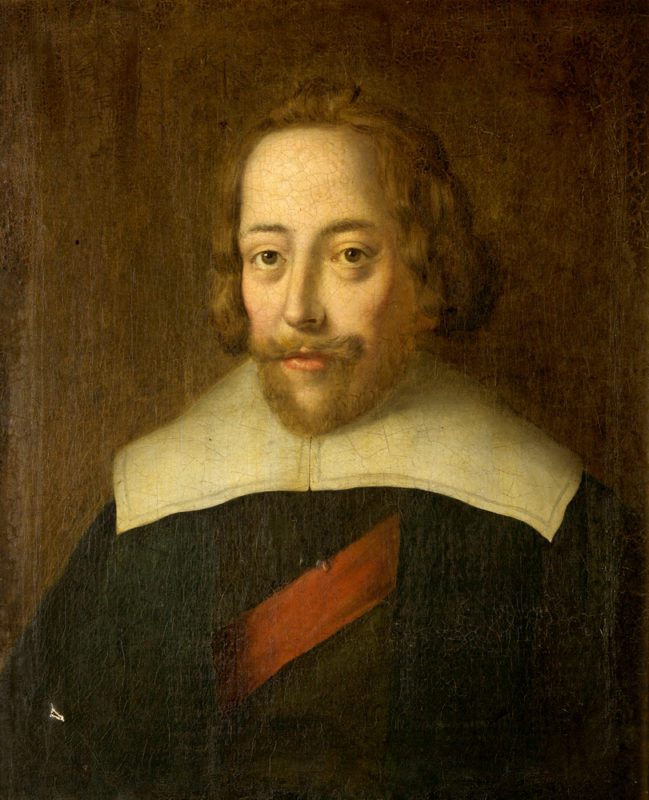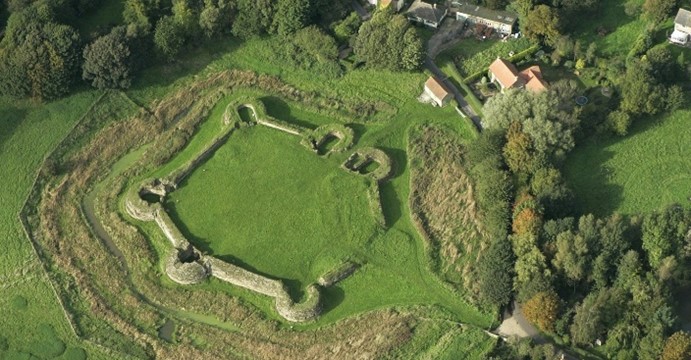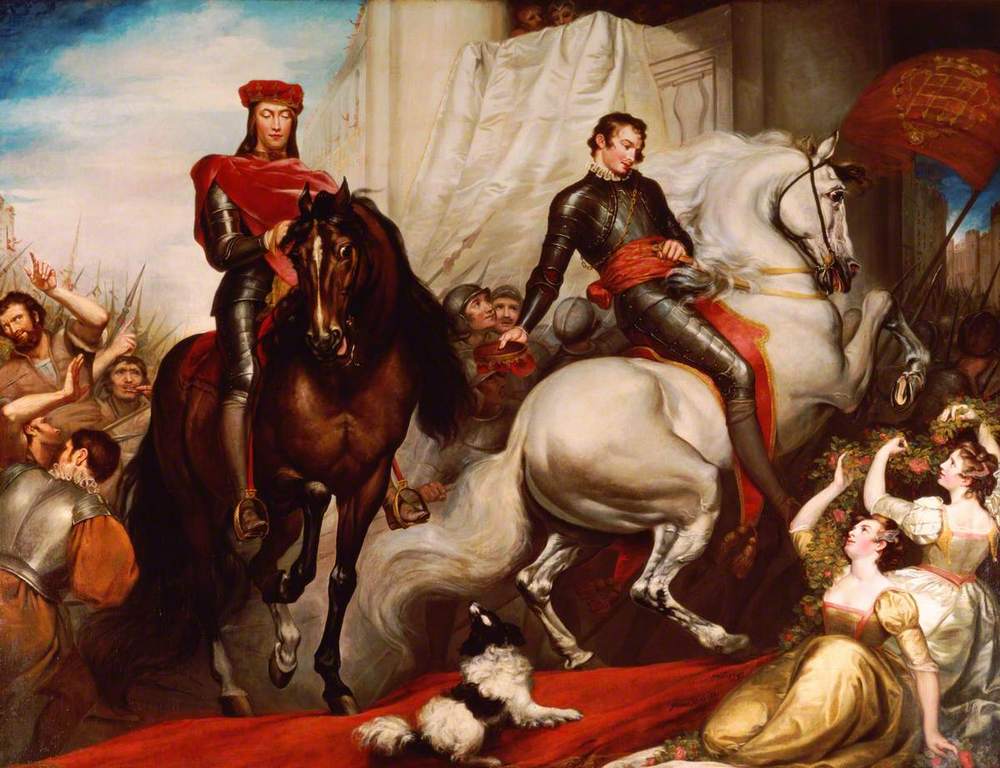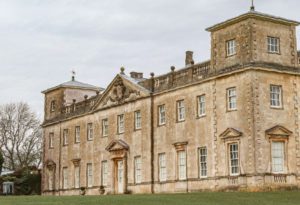Why did the St.John family choose Bolingbroke?
When many people think of the name Henry Bolingbroke, the first character that comes to mind is John of Gaunt’s son Henry, later King Henry IV. Shakespeare describes him in disparaging terms in both King Richard II and King Henry IV Part I. So what has “this thorn, this canker Bolingbroke” got to do with the Bolingbrokes of Lydiard Park? The answer lies in self- aggrandisement!
When Henry St.John, Secretary of State to Queen Anne, was raised to the peerage in 1712 he had been hoping for an earldom. To his considerable annoyance he had to make do with a viscountcy and was duly created Baron St.John of Lydiard Tregoz in the County of Wilts. and Viscount Bolingbroke. Missing out on an earldom was no doubt due to the influence of his political enemies, but what is less well known was Henry’s choice of the title Bolingbroke, a Lincolnshire placename associated with King Henry IV.
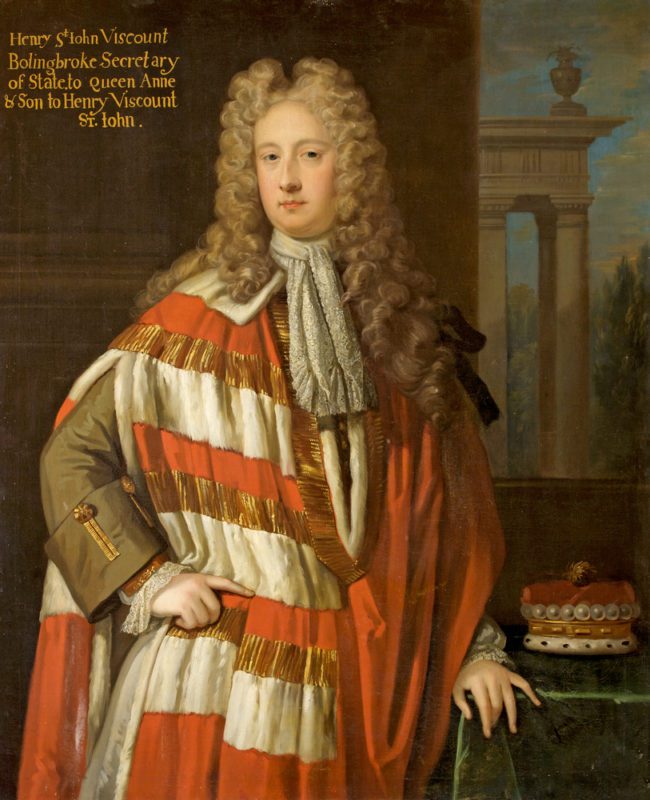
Portrait of Henry St.John, 1st Viscount Bolingbroke (1678 – 1751), in peers robes. The Drawing Room, Lydiard House.
At the time, Henry’s adoption of the title Bolingbroke would have been more obvious. The previous year the head of the Bedfordshire St.Johns, Paulet St.John, 6th Lord St.John of Bletso and 3rd Earl of Bolingbroke, had died. Paulet had no male heirs so the earldom which had been created for his grandfather in 1624 had become extinct. Spotting an opportunity but ultimately thwarted in his attempt to have the earldom.
So, why had Oliver St.John chosen the Earldom of Bolingbroke in 1624? The answer lies in a prestigious family connection which the St.Johns sought to make the most of. Oliver claimed that Bolingbroke was a manor that belonged to the Beauchamp family from which he was descended. All those familiar with St. Mary’s Church Lydiard Tregoze will recall Margaret Beauchamp (c1409 -1482) whose portrait sits in pride of place on top of the St.John family polyptych.
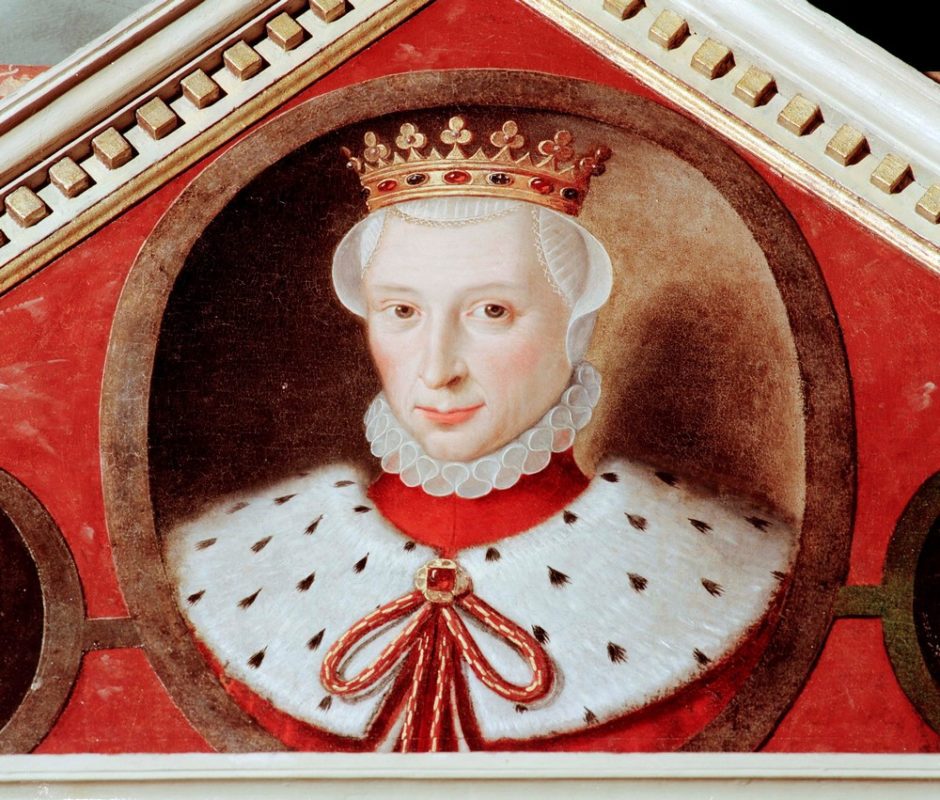
Portrait of Margaret Beauchamp (c1409 -1482). The St.John polyptych, St. Mary’s Church, Lydiard Tregoze.
Following the death of her first husband, Oliver St.John, Margaret had married John Beaufort and their daughter, Margaret became the mother of Henry VII of England. The Wiltshire St.Johns made much of this royal connection and the Bedfordshire branch of the family were doing the same thing when Oliver chose his title in 1624. However, Oliver seemed to be going a step further than his Wiltshire cousins, by emphasizing a kinship with an earlier king, Henry IV, or Henry Bolingbroke as he was known.
Ironically, Oliver wasn’t actually correct in believing that the Beauchamps had owned the Bolingbroke lands. The Bolingbroke manor had passed to John Beaufort’s grandfather, John of Gaunt, Duke of Lancaster, a younger son of Edward III. His son Henry, later King Henry IV, was called Henry Bolingbroke on account of being born at his father’s castle at Bolingbroke. So, nothing to do with the Beauchamps!
St.John historian, the late Frank T. Smallwood, identified this mistake and also conjectured that Oliver St.John might have steered clear of the name Bolingbroke were he familiar with Shakespeare’s descriptions of the young future king – “this thief, this traitor, Bolingbroke” and several other such derisive descriptions!
For a full account of this intriguing story see ‘Why Bolingbroke?’ by Frank T. Smallwood, MA, FSA, Friends of Lydiard Tregoz Report No 3
